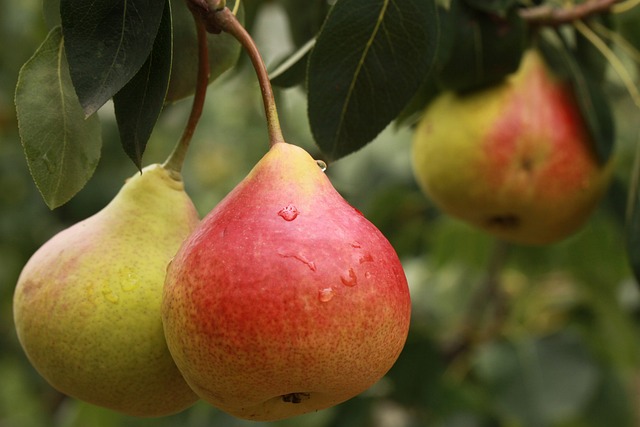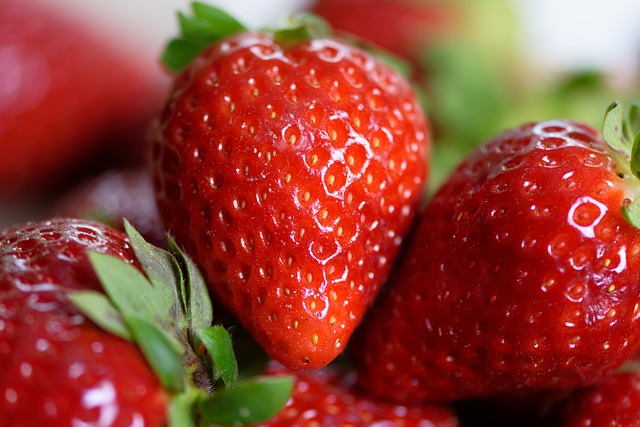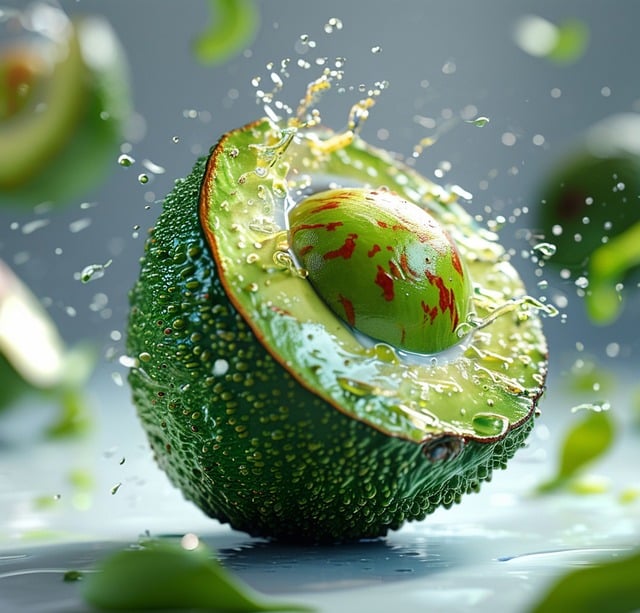Category
Our Best Sellers
-
 Cras viverra rhoncus
Rated 5.00 out of 584.00$
Cras viverra rhoncus
Rated 5.00 out of 584.00$ -
 Suspendisse volutpat massa
Rated 4.00 out of 539.00$
Suspendisse volutpat massa
Rated 4.00 out of 539.00$ -
 In fringilla felis non nulla porta rutrum
Rated 3.00 out of 5
In fringilla felis non nulla porta rutrum
Rated 3.00 out of 578.00$Original price was: 78.00$.65.00$Current price is: 65.00$. -
 Aliquam erat volutpat
Rated 2.00 out of 550.00$
Aliquam erat volutpat
Rated 2.00 out of 550.00$ -
 Suspendisse gravida lacus varius
Rated 1.00 out of 5
Suspendisse gravida lacus varius
Rated 1.00 out of 533.00$Original price was: 33.00$.22.00$Current price is: 22.00$. -
 Théière marocaine artisanale en argent
120.00$
Théière marocaine artisanale en argent
120.00$
-
 Cendrier Authentique et Décoratif
30.00$
Cendrier Authentique et Décoratif
30.00$
-
 Suspendisse vehicula at dui
56.00$
Suspendisse vehicula at dui
56.00$
-
 Aenean non pellentesque mauris
Aenean non pellentesque mauris
68.00$Original price was: 68.00$.55.00$Current price is: 55.00$. -
 Nulla feugiat felis tempor sem
61.00$
Nulla feugiat felis tempor sem
61.00$
Popular
-
 Théière marocaine artisanale en argent
120.00$
Théière marocaine artisanale en argent
120.00$
-
 Cendrier Authentique et Décoratif
30.00$
Cendrier Authentique et Décoratif
30.00$
-
 Aliquam erat volutpat
Rated 2.00 out of 550.00$
Aliquam erat volutpat
Rated 2.00 out of 550.00$ -
 Cras viverra rhoncus
Rated 5.00 out of 584.00$
Cras viverra rhoncus
Rated 5.00 out of 584.00$ -
 Suspendisse volutpat massa
Rated 4.00 out of 539.00$
Suspendisse volutpat massa
Rated 4.00 out of 539.00$


The pear (Pyrus) is a member of the Rosaceae family, celebrated for its sweet, juicy flesh and versatility in culinary applications. This essay explores the botany of pears, their historical significance, cultivation practices, ecological roles, and their diverse uses in modern society.
Botany of the Pear
Taxonomy and Classification
The pear tree belongs to the genus Pyrus, which encompasses around 30 species. The most commonly cultivated species include:
- Pyrus communis (European pear)
- Pyrus pyrifolia (Asian pear)
- Pyrus calleryana (Callery pear)
The taxonomy of pears is as follows:
- Kingdom: Plantae
- Division: Angiosperms
- Class: Eudicots
- Order: Rosales
- Family: Rosaceae
- Genus: Pyrus
- Species: Various, including P. communis and P. pyrifolia
Morphology
Pears are deciduous trees or shrubs that can reach heights of 10 to 20 feet (3 to 6 meters) depending on the species and growing conditions. The leaves are typically ovate, glossy, and dark green, turning shades of yellow or red in the fall. The flowers are usually white or pale pink, blooming in clusters during the spring.
Fruit Characteristics
The pear fruit is a pome, a type of accessory fruit characterized by a core surrounded by fleshy tissue. Pears can vary significantly in shape, size, and color, ranging from the classic bell shape to more rounded varieties. The skin color can be green, yellow, brown, or red, depending on the variety. Inside, the flesh is typically creamy white to yellow and has a grainy texture due to stone cells.
Growth Conditions
Pears thrive in temperate climates, requiring a chilling period for proper fruit development. They prefer well-drained soils rich in organic matter and a pH range of 6.0 to 7.0. While pear trees can tolerate some drought, they perform best with regular watering during dry periods.
Reproduction and Cultivation
Pears can be propagated through seeds, but this method often leads to variability in fruit quality. Most commercial cultivation relies on grafting, where desirable varieties are grafted onto rootstocks to enhance disease resistance, growth habits, and fruit quality.
Pear trees typically start producing fruit within 3 to 6 years after planting. The fruit is usually harvested in late summer to fall, depending on the variety and local climate. Proper timing is essential, as pears ripen off the tree, and harvesting them at the right stage ensures optimal flavor and texture.
Historical Context
Origins and Domestication
Pears have a long history, believed to have originated in the regions of Western Europe and Asia. Archaeological evidence suggests that pears have been cultivated for over 4,000 years. They were enjoyed by ancient civilizations, including the Greeks and Romans, who cultivated them for both culinary and medicinal purposes.
The fruit’s popularity spread across Europe and Asia, leading to the development of numerous cultivars. By the Middle Ages, pears were being grown in monastic gardens, where they were prized for their flavor and nutritional value.
Cultural Significance
Throughout history, pears have been associated with various cultural meanings. In many traditions, they symbolize abundance, fertility, and longevity. In Chinese culture, pears are linked to immortality and are often included in festivals and celebrations. In art and literature, pears have appeared in works by famous painters, such as Vincent van Gogh, symbolizing bounty and nature\’s beauty.
Ecological Role
Biodiversity and Habitat
Pear trees play a significant role in their ecosystems. They provide habitat and food for various wildlife species, including birds, insects, and mammals. The flowers attract pollinators, such as bees, which are essential for the fertilization of many flowering plants.
Pests and Diseases
Despite their benefits, pear trees are susceptible to various pests and diseases. Common pests include aphids, pear psylla, and codling moths, while diseases such as fire blight, powdery mildew, and root rot can threaten tree health. Integrated pest management (IPM) practices, including cultural controls, biological controls, and resistant varieties, are essential for sustainable pear cultivation.
Uses of Pears
Culinary Applications
Pears are incredibly versatile in the kitchen. They can be consumed raw, cooked, or dried and are used in a variety of dishes. Common culinary applications include:
- Fresh Consumption: Fresh pears are a popular snack and can be enjoyed on their own or added to salads.
- Baking: Pears are often used in desserts, such as tarts, pies, and crumbles, where their sweetness complements other ingredients.
- Cooking: Pears can be poached, roasted, or grilled, enhancing savory dishes and sauces.
- Preserves and Jams: Pears can be preserved in jars or made into jams and jellies, extending their shelf life and providing a delicious spread.
Nutritional Value
Pears are not only delicious but also nutritionally beneficial. They are a good source of dietary fiber, vitamin C, and potassium. A medium-sized pear contains approximately 100 calories, making it a low-calorie snack. The fiber in pears supports digestive health, while vitamin C contributes to immune function and skin health.
Medicinal Uses
Historically, pears have been used in traditional medicine to treat various ailments. They are believed to have anti-inflammatory and antioxidant properties, making them beneficial for heart health. The fruit is also thought to support digestive health and hydration due to its high water content.
Essential Oils and Aromatherapy
While not as common as other fruit oils, pear essential oil is sometimes used in aromatherapy for its pleasant scent and potential calming effects. It can be found in some personal care products, adding a fruity aroma to lotions and perfumes.
Environmental Impact and Sustainability
The cultivation of pears poses both opportunities and challenges in terms of sustainability. While pear trees can enhance biodiversity, unsustainable agricultural practices can lead to soil degradation and water resource depletion. Organic farming methods and agroforestry practices are being adopted to mitigate these issues.
Conclusion
The pear is a remarkable fruit with a rich history, diverse uses, and ecological significance. From its origins in ancient civilizations to its status as a beloved fruit in contemporary cuisine, the pear has left an indelible mark on human culture. Its unique botanical characteristics, health benefits, and culinary versatility make it a valuable addition to diets worldwide.
As we face the challenges of modern agriculture and sustainability, the pear can play a significant role in promoting biodiversity and supporting ecosystem health. By fostering an appreciation for this extraordinary fruit, we can ensure its continued relevance in our diets and cultures for generations to come. Through sustainable cultivation and responsible consumption, the pear will remain a cherished fruit, embodying the beauty of nature and the richness of human tradition.
Written by hicham
Best offers
Join Risk Free
30 days refund
100% Safe
Secure Shopping
24x7 Support
Online 24 hours
Best Offers
Grab Now
Shipping worldwide
Delivery to all countries of the world.
Know Us

Neque viverra justo nec ultrices dui sapien eget. Gravida cum sociis natoque penatibus. Imperdiet proin fermentum leo vel orci porta non
Read MoreStore Updates



Product Showcase







